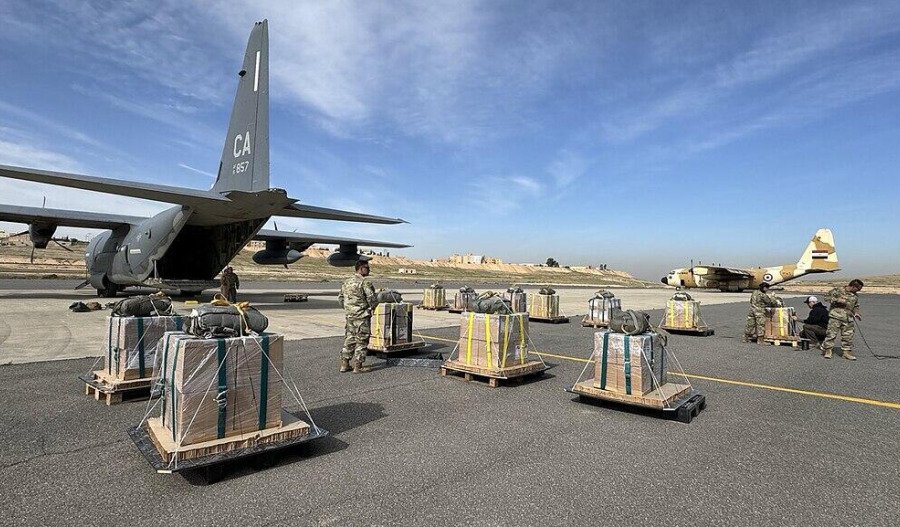Gold prices climbed to weekly highs during Wednesday's Asian trade, rising above the US$3,300 mark as renewed safe-haven demand propelled the precious metal amid economic and geopolitical uncertainty.
By 3:50 pm AEST (5:50 am GMT) spot gold prices were up $25.56 or 0.8% to US$3,314.77 per ounce.
The advance in gold was supported by sustained weakness in the United States dollar, which remains under pressure from mounting domestic economic concerns, renewed trade frictions with China, and global geopolitical tensions.
Market sentiment has turned increasingly risk-averse following last week’s sovereign credit rating downgrade of the United States by Moody’s and growing speculation over the passage of legislation related to President Donald Trump’s expansive tax cuts.
The proposed tax package is expected to significantly widen the U.S. fiscal deficit, fuelling bearish sentiment toward the Greenback.
“Gold rallied as traders reassessed trade tensions and the outlook for interest rates,” said analysts at ANZ. “The precious metal was under pressure last week as progress was made on trade deals between the U.S. and other countries including China.
"However, scepticism [about] the success of the deals has crept back into discussions. The reality of President Trump’s tariff policy was laid out by the downgrade of the U.S. by Moody’s Rating.
"Sentiment was also supported by ongoing buying from central banks. China imported the most gold in nearly a year in April despite record prices. Total gold imports reached 127.5t, a 73% jump from a month earlier.”
Beyond domestic fiscal issues, tensions between Washington and Beijing over semiconductor trade policies, along with reports that G7 nations are considering joint tariffs on low-cost Chinese goods, put additional downward pressure on the U.S. dollar while boosting demand for gold as a safe-haven asset.
Geopolitical risks also support gold prices. Citing multiple US officials, CNN reported late Tuesday that Israel was preparing to strike Iranian nuclear sites, raising concerns about a broader conflict in the Middle East.
Added to market jitters, Iran’s Supreme Leader voiced doubt over the potential for a successful outcome in ongoing nuclear negotiations with the U.S., accusing the American side of making "excessive and outrageous" demands on uranium enrichment.
Meanwhile, progress remains elusive in the Russia-Ukraine peace talks, further contributing to investor caution.
Looking ahead, gold's outlook remains bullish, bolstered by expectations that the Federal Reserve may lean towards interest rate cuts amid growing signs of economic fragility.
Recent comments from Fed officials reflect a cautious stance, which revived policy easing bets. This prospect continues to favour non-yielding assets like gold, which tend to benefit in low-rate environments.



